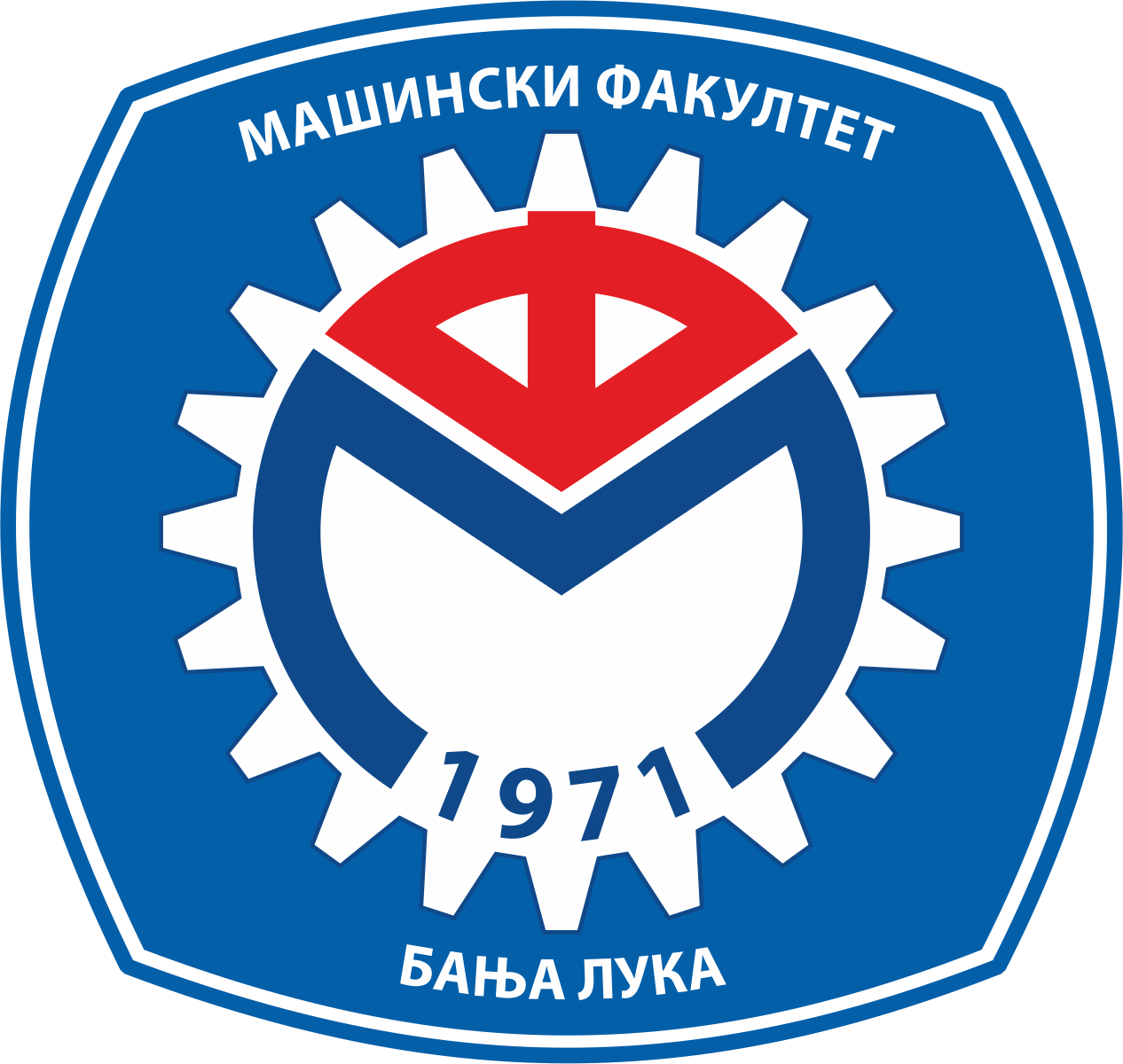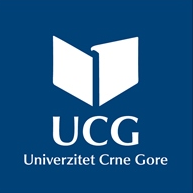 DEMI 2013
DEMI 2013
Banja Luka
26 - 27 maj 2017

Matrix heat exchangers and their application
Autori:
1. Mladen Tomić, The School of Higher Technical Professional Education, Niš, Serbia
2. Predrag Živković, Faculty of Mechanical Engineering in Niš, Serbia
3. Mića Vukić , Faculty of Mechanical Engineering in Niš, Serbia
4. Mirko Dobranjac, University of Banja Luka, Faculty of mechanical engineering,
Republic of Srpska, Bosnia and Herzegovina
5. Gradimir Ilić, Faculty of Mechanical Engineering in Niš, Serbia
Apstrakt:
Matrix heat exchangers, also known as perforated plate heat exchangers, invented in 1940-is are finding increasing use in cryiogenics. They are representing an effective heat transfer devices, because of their high surface-to-volume ratio. The mechanism of heat transfer process in a matrix heat exchanger is very complex. There are two heat conduction paths: one along the perforated plates, and the other across the spacer plates, as well as three convection surfaces: front face of a plate, back face of a plate, and the inner wall surface area of every perforation. There have been many derived correlations of Nusselt number, heat transfer coefficient and friction factor in terms of Reynolds number, and matrix heat exchanger geometry (plate thickness, spacer thickness, porosity, perforation arrangements etc.). This paper summarizes a literature review performed in order to study current work in matrix heat exchangers.
Ključne reči:
heat transfer,matrix heat exchanger,review
Datum prijave sažetka:
15.02.2013.
Konferencija:
DEMI 2013
All rights reserved. 2016 | BitLab




